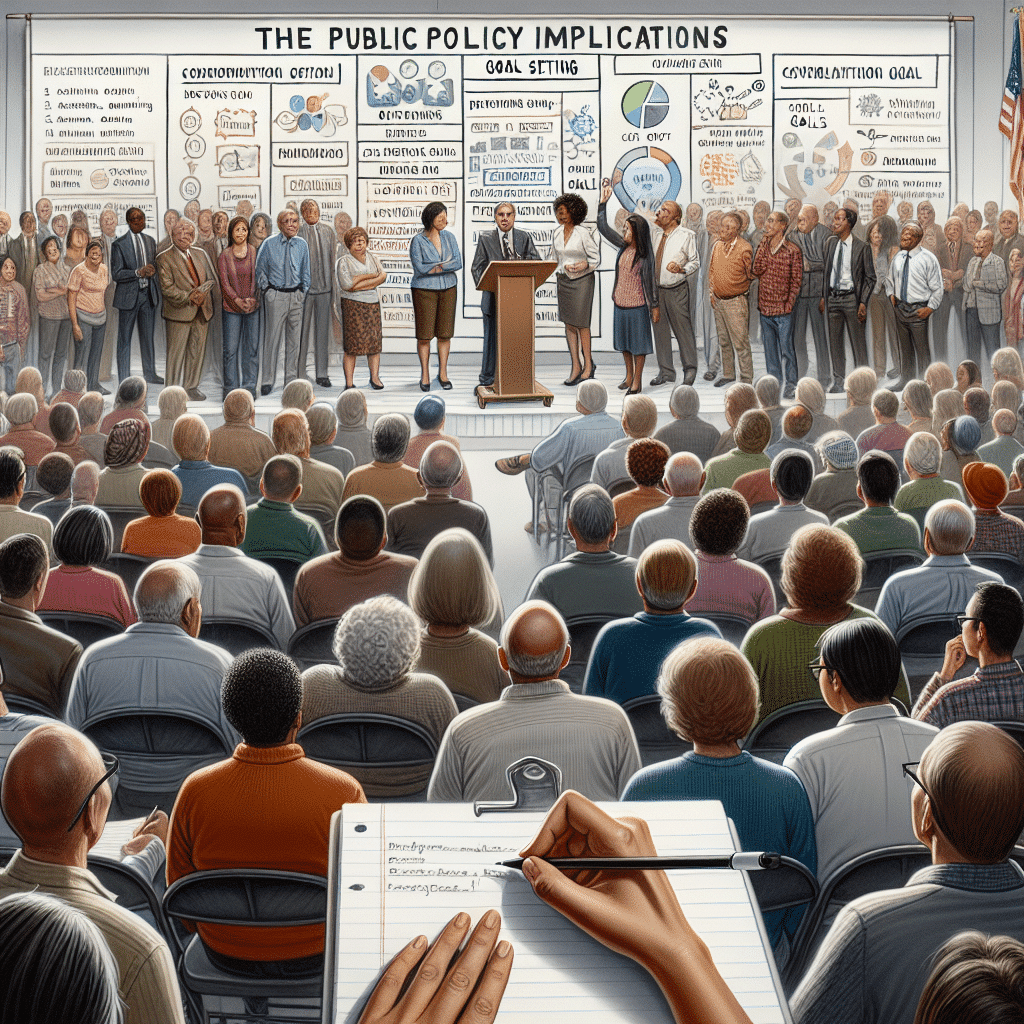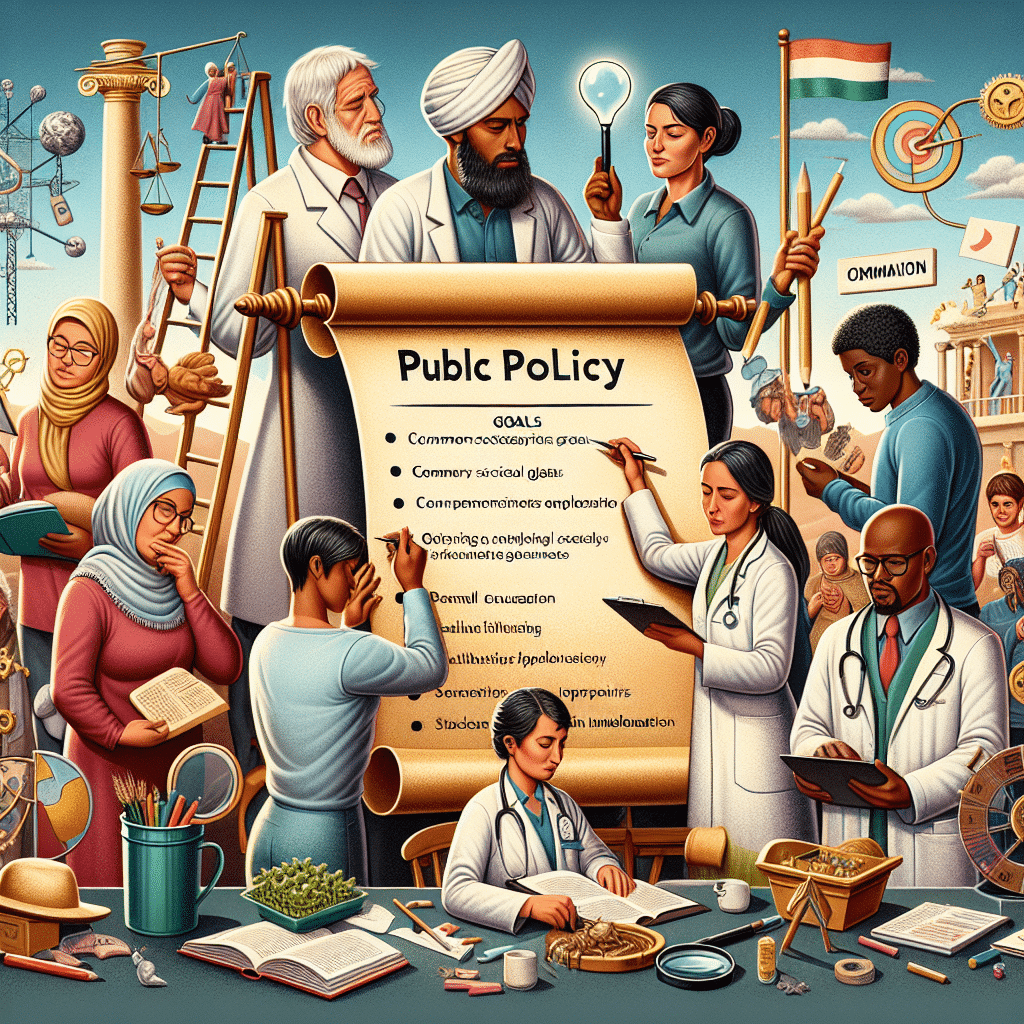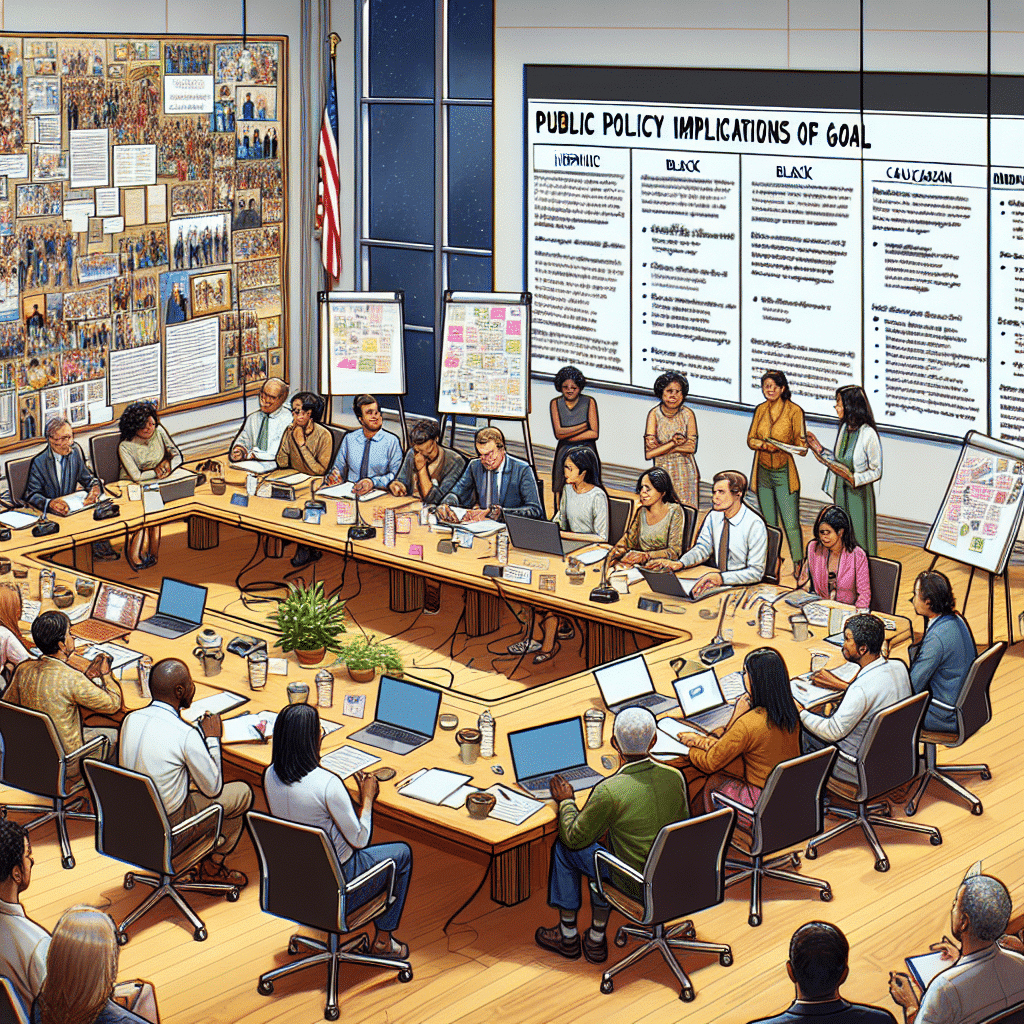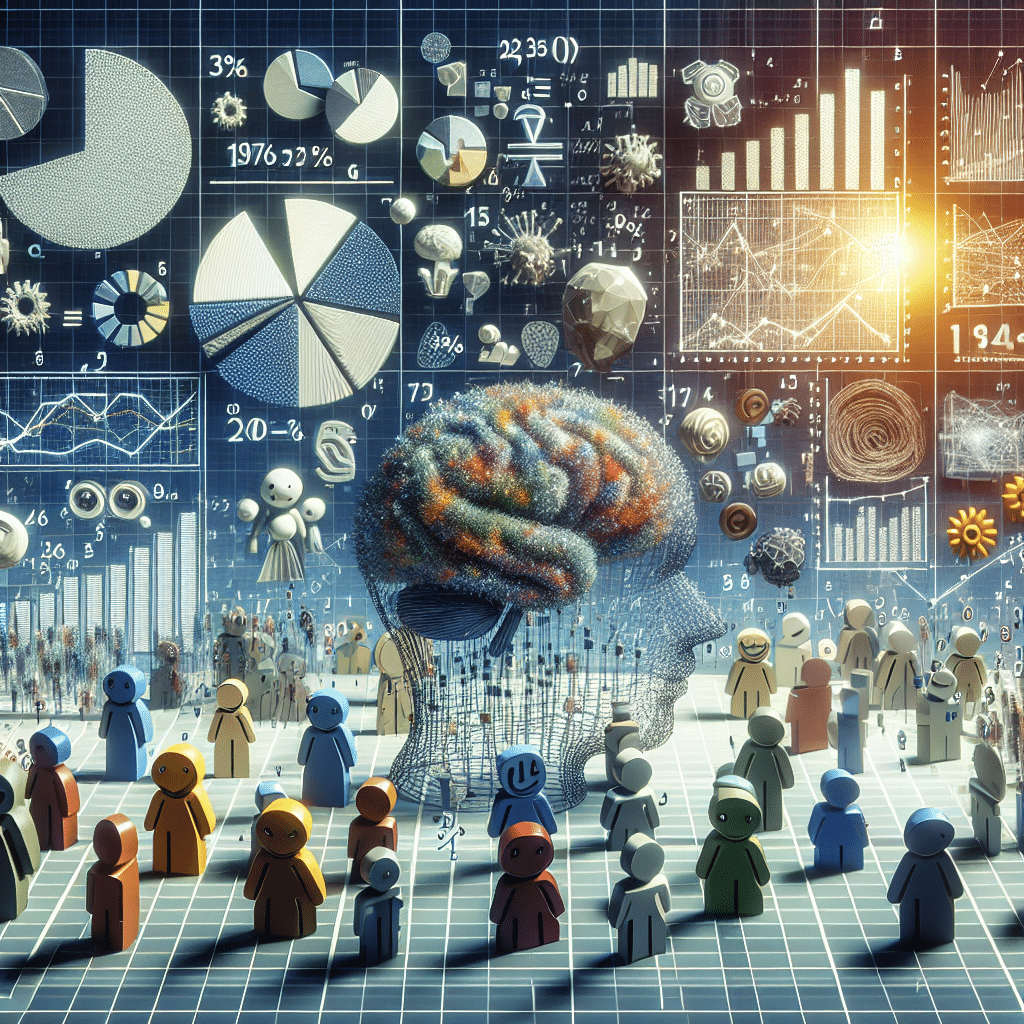
Discover the powerful impact of goal setting in the realm of public policy. In this blog post, we explore the intriguing connection between goal setting and public policy implications. Goals are not only crucial for personal and professional development but also hold great potential in guiding the creation and evaluation of public policies. Join us as we delve into the process of goal setting, the evaluation of policies, the benefits of short-term goals, and the challenges associated with long-term goal setting. Explore how goal setting influences public policy decisions and drives positive change in society.
Introduction
Welcome to our exploration of the fascinating relationship between goal setting and its implications for public policy. Goal setting plays a vital role in our personal and professional lives, providing us with direction, motivation, and a sense of accomplishment. But how does goal setting intersect with the realm of public policy? In this blog post, we will examine the ways in which goal setting can shape and influence the development and implementation of public policies.
Public policy refers to the decisions, actions, and rules established by governments to address societal problems and promote the collective well-being. These policies are designed to serve the public interest and guide the allocation of resources and services. While public policies often focus on broader objectives, such as economic growth, social equity, and environmental sustainability, the process of setting and achieving goals within the realm of public policy is crucial to their successful implementation.
By adopting goal-setting frameworks in public policy, policymakers can ensure clearer objectives, better outcomes, and increased accountability. Goal setting provides a structured approach to policy design, implementation, and evaluation, allowing policymakers to articulate specific targets and measures of success. This process helps to align policy initiatives with desired outcomes and ensures that resources and efforts are directed effectively towards achieving the desired results.
Furthermore, the goal-setting process in public policy can facilitate stakeholder engagement and participation. By involving various stakeholders, such as community members, advocacy groups, and industry experts, in the goal-setting process, policymakers can ensure that policies reflect the needs and aspirations of the affected communities. Engaging stakeholders fosters transparency, inclusivity, and legitimacy in public policy decision-making, enhancing the overall quality and acceptance of policies.
In the following sections, we will delve into the nuances of goal setting in public policy. We will examine the importance of setting clear and measurable goals, the role of goals in policy evaluation, and the benefits of adopting short-term goals in policy implementation. Additionally, we will explore the unique challenges associated with long-term goal setting in public policy and discuss strategies to overcome them.
Setting and Achieving Goals
In the context of public policy, goal setting involves the establishment of specific objectives that guide policy development and implementation. Clear and well-defined goals are essential for effective policy design, as they provide a roadmap and set a direction for action. When setting goals in public policy, it is important to consider the following factors:
1. Clarity and Specificity
Goals should be clear and specific, outlining what is to be achieved and by when. Vague or ambiguous goals can lead to confusion and hinder progress. Specific targets provide a sense of focus and enable policymakers to evaluate success or make necessary adjustments.
2. Measurability
Goals should be measurable, meaning they can be quantified and tracked. Measurable goals help policymakers determine the level of progress and identify areas that require attention. It is crucial to define metrics and indicators that will be used to assess the achievement of goals.
3. Realistic and Attainable
Goals should be realistic and attainable, taking into account available resources, timeframes, and external constraints. Setting unrealistic goals can demotivate policymakers and undermine the credibility of the policy. It is important to consider the feasibility and potential challenges associated with achieving the goals.
4. Alignment with Vision and Values
Goals should align with the broader vision and values of the society or organization. They should reflect the desired outcomes and values that the policy aims to promote. Aligning goals with the overall vision ensures consistency and coherence in policy efforts and facilitates a sense of purpose among stakeholders.
Once goals are set, it is essential to develop strategies and action plans to achieve them. These strategies may involve policy interventions, stakeholder engagement, resource allocation, and monitoring and evaluation frameworks. Regular monitoring and progress assessment are important to track advancement, identify barriers, and make necessary adjustments to stay on track towards goal achievement.
Setting and achieving goals in public policy requires ongoing commitment, collaboration, and adaptability. It is important to continuously review and update goals based on new information, changing contexts, and evolving needs and priorities of the stakeholders.
In the following sections, we will delve deeper into the specific issues related to goal setting in public policy and explore their implications for successful policy implementation and outcomes.

Evaluating Policies
As policymakers set and work towards their goals, it is crucial to evaluate the effectiveness and impact of the implemented policies. Policy evaluation provides valuable insights into the outcomes and effectiveness of public policies, ensuring that resources are used efficiently and effectively. Evaluating policies involves:
1. Assessing Program Outcomes
Evaluation focuses on assessing the extent to which the policy has achieved its desired outcomes and objectives. It involves collecting and analyzing data to determine the impact of the policy on the target population or issue. By evaluating program outcomes, policymakers can identify areas of success and areas in need of improvement.
2. Analyzing Costs and Benefits
Policies have associated costs and benefits, both in financial and non-financial terms. Evaluating policies involves understanding the costs involved in implementation and assessing the benefits yielded by the policy intervention. Policymakers need to consider the economic, social, and environmental implications of the policy to make informed decisions.
3. Measuring Policy Efficiency
Evaluation also focuses on the efficiency of policy implementation. This includes assessing the extent to which resources were utilized effectively, the degree of transparency and accountability in the implementation process, and the level of coordination between different stakeholders.
4. Soliciting Stakeholder Feedback
Stakeholder feedback is an important aspect of policy evaluation. Policymakers should seek input from various stakeholders, including individuals, communities, organizations, and interest groups affected by the policy. This feedback can provide valuable insights into the policy’s impact and effectiveness from the perspective of those directly involved.
5. Enhancing Policy Design
Evaluation results can inform the refinement of existing policies or the development of new policies. Policymakers can use the findings from the evaluation process to make evidence-based decisions, adjust policy goals or strategies, and improve policy design to better meet the needs of the target population or address emerging challenges.
Evaluation should be an ongoing process, integrated into the policy cycle. Regular and systematic evaluation helps policymakers learn from past experiences and improve future policies. By evaluating policies, policymakers demonstrate their commitment to evidence-based decision-making, accountability, and continuous improvement.
In the next section, we will explore the importance of setting realistic and attainable goals in policy development.
Benefits of Implementing Short-term Goals
When it comes to policy development, setting short-term goals can have several benefits. Short-term goals are specific objectives that can be achieved within a relatively short period, usually within months or a few years. These goals offer several advantages:
1. Tangible Progress
Short-term goals provide a sense of accomplishment and tangible progress in policy implementation. They allow policymakers to see concrete results within a shorter timeframe, which can boost motivation and maintain momentum for long-term goals.
2. Flexibility and Adaptability
Short-term goals offer flexibility and adaptability in policy implementation. As societal, economic, and political conditions evolve, policymakers can adjust short-term goals to address emerging challenges or capitalize on new opportunities. This flexibility enhances the policy’s responsiveness and enables policymakers to make timely adjustments.
3. Increased Policy Relevance
Implementing short-term goals keeps policies relevant and aligned with the changing needs and priorities of the society. By setting and achieving short-term goals, policymakers can address pressing issues and demonstrate their commitment to addressing immediate concerns. This responsiveness helps maintain public trust and confidence in the policy-making process.
4. Feedback and Learning Opportunities
Short-term goals provide opportunities for gathering feedback and learning from policy implementation. By setting clear objectives and reviewing progress, policymakers can identify areas for improvement and make necessary adjustments. This iterative process allows for continuous learning and enhancement of policy effectiveness.
5. Accountability and Transparency
Short-term goals facilitate accountability and transparency in policy implementation. By setting specific and measurable short-term goals, policymakers can track and communicate progress to stakeholders, ensuring transparency and accountability in the decision-making process. This accountability fosters trust and engagement among the public, as they can see the tangible outcomes of the policy.
While short-term goals are important, they should be aligned with long-term policy objectives. Short-term goals should be stepping stones towards the larger, long-term vision, providing a clear path for policy implementation and progress. In the next section, we will explore the challenges associated with long-term goal setting in public policy.
Challenges of Long-term Goal Setting
While setting and achieving long-term goals is essential for effective policy development, it comes with its own set of challenges. Addressing these challenges is crucial to ensure the success of public policies:
1. Complexity and Uncertainty
Long-term goals often involve complex social, economic, and environmental factors, which can make their achievement uncertain. Policymakers must navigate various unknowns and account for potential changes in these factors over an extended period. This complexity and uncertainty require careful planning and continuous evaluation.
2. Changing Political Landscape
The political landscape can undergo significant changes over the course of long-term goals. Shifts in government priorities, leadership, or legislative frameworks can impact the continuity and momentum of policy implementation. Policymakers need to anticipate and adapt to these changes to ensure the consistency and durability of the policy.
3. Resource Allocation
Long-term goals often require substantial resources, including financial, human, and technological inputs. Planning and allocating these resources effectively and efficiently can be a significant challenge. Policymakers must consider funding constraints, competing needs, and the availability of resources to ensure the successful implementation of long-term goals.
4. Stakeholder Engagement and Collaboration
Long-term goals often involve multiple stakeholders, each with their own interests, perspectives, and motivations. Engaging and collaborating with various stakeholders, including government agencies, civil society organizations, and private sector entities, is essential for policy success. Building consensus, managing conflicts, and maintaining stakeholder commitment over an extended period can be complex and challenging.
5. Monitoring and Evaluation
Monitoring and evaluating long-term goals can be more challenging than assessing short-term ones. Reliable data collection, performance indicators, and evaluation methodologies need to be established and consistently applied over the course of the policy. Policymakers must regularly assess progress, identify bottlenecks, and make adjustments to keep the policy on track.
Despite these challenges, long-term goal setting plays a crucial role in shaping public policies. By anticipating and addressing these challenges, policymakers can enhance the effectiveness, sustainability, and impact of their policies, leading to meaningful outcomes for society.

Conclusion
Incorporating long-term goals in public policies is essential for driving effective change and addressing complex societal challenges. However, achieving these goals requires careful planning, resource allocation, stakeholder engagement, and continuous monitoring and evaluation. Policymakers must navigate the complexity and uncertainty of long-term goal setting, adapt to changing political landscapes, allocate resources effectively, engage stakeholders collaboratively, and ensure robust monitoring and evaluation processes. By recognizing and addressing the challenges, policymakers can develop more robust and impactful policies that contribute to the well-being and progress of society.






